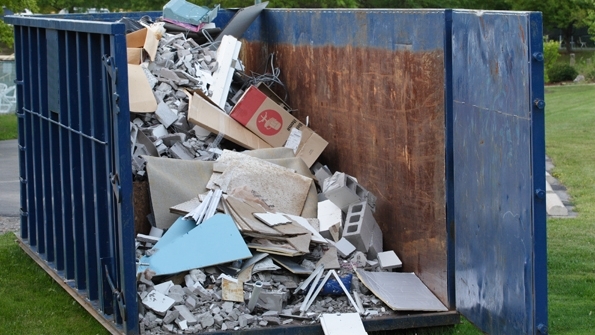With all do respect to Warren G and the Regulators, this post is all about….commingled waste recycling! Whoa, bet you didn’t see that coming! But, its a topic top of mind based on a phone call with a project team the other day. If you haven’t been reading the reference guide lately and all the fun addenda that have come out over the years, this one might have slipped by.
You’d think commingled recycling would be the easiest thing since sliced bread. Throw all your materials in one bin, send it to the recycler, get a neat little report back – bam! LEED points rain down from the heavens. And it really can be this easy – if, and only if, the commingled recycling facility is doing project specific diversion data for your waste. That means sorting and weighing you dumpster pulls before mixing it in with any other recycling coming into the facility. It sounds easy, but picture ten dumpsters all arriving at once, and then trying to sort and weigh and keep everything separate so you can track it to a project. It gets a bit harder. Visual sorting/estimating is not accepted.
Damn! What if they can’t do that? Well my friend, that’s where your efforts get challenging. According to the addenda, “For commingled recycling the average annual recycling rate for a sorting facility is acceptable for recording diversion rates only when the facility’s method of recording and calculating the recycling rate is regulated by a local or state government authority.”
In English – if for some reason a local/state agent is regulating how a facility performs its recycling rate (hmmmm), you can use the facility average. That might be significantly lower than your actual recycling rate, but if they cannot show project-specific data, that’s what you’ve got to use. Oh, and it has to be regulated.
The other alternative is sort on-site by materials and track per material, which is pretty straightforward if you’ve got the space for dumpsters (and also stage dumpsters – you don’t need a drywall dumpster during sitework, and you likely don’t need a concrete dumpster during drywall).
So, very early in the process, talk to your waste haulers about how they can track your materials specific to your project, and if they can’t, think through a contingency plan to track your waste and earn those LEED points.


Be First to Comment